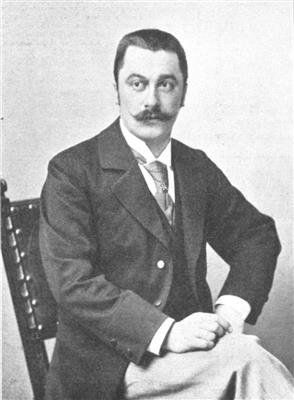Albin Egger-Lienz and His Historical Paintings
Posted by Emma Anderson on 10th Sep 2021
Paintings have always been celebrated for their decorative purpose. Putting up beautiful paintings can alter the look and feel of a place. Recently, people with a knack for the artistic side started purchasing canvas art prints of their favourite artists' works.
Owing to the increase in such an art-loving population, the act of using canvas prints for room wall decor also shot up. It is now one of the most common accessories of home decor. If you are looking for detailed artworks with a hint of historical essence, we suggest you look into Albin Egger-Lienz prints.
Who was Albin Egger-Lienz?

Born on 29 January 1868, Albin Egger-Lienz was born in the county of Tyrol. His father, Georg Egger, was a church painter and the very first art teacher of Egger-Lienz. He then went on to study at the Academy in Munich. Here, he was influenced by Franz Defregger- the Austrian artist of historical paintings, and Jean-François Millet- the famous French artist who was one of the founders of the Barbizon School of art in France.
After growing up, Albin joined the local art association and started working in Munich. Initially, he focused on the local peasants' simple and rustic lives and the various historical scenes depicting the 1809 Tyrolean Rebellion. After his marriage to Laura Möllwald, he moved to Vienna, where he tried to establish himself without the local artistic environment's support. In Vienna, Albin started participating in art exhibitions. Albin participated in the Universal Exhibition in Paris in 1900, and his painting ‘Feldsegen’ received the bronze medal!
He wanted to become a teacher at the famed Academy of Fine Arts in Vienna, but his efforts went in vain as he had to face constant rejection from their side. Owing to his working schedules, Albin spent the first decade of the 20th century working and staying primarily in the Ötz Valley in Tyrol. In 1909, Albin Egger-Lienz joined the Vienna Secession- an art movement closely knit with the Art Nouveau movement. Here, he was influenced by the famous Ferdinand Hodler and thus started his affinity towards figure expressionism. His paintings during this period were characterized by massive human-like forms with bold outlines and a soothing, almost monochromatic colour palette.
He served as a professor at the Weimar Saxon-Grand Ducal Art School from 1911 to 1912 and later visited the Netherlands. Here he got to know more about the classical maestros of painting who came before him and decided to move away from the influence of Hodler. He served as a war painter at the Austrian front in 1916. After the war, he received a professorship offer from the Academy of Fine Arts in Vienna, which he turned down- and this was just a start.
His paintings now bore a religious essence and started gaining positive criticism. He began exhibiting in places like Venice and Rome. He spent his last days painting frescoes for the Memorial Chapel of the Fallen in War in Lienz.
Why should you choose Albin Egger-Lienz prints for your home?

Historical
Most of Albin’s artworks are steeped with historical references. If you enjoy and appreciate history, you will admire his works and adorn your walls with a few of his prints.
Soothing
Albin Egger-Lienz was not fond of using bright and striking colors in his compositions. He preferred monochromatic paintings and usually used earthy tones that are warm and soothing. Such warm-toned canvas prints can positively affect the ambience in your home.
Modernist
Egger-Lienz’s painting style was quite close to the painter of the Art Nouveau. Therefore his works were modern and unique. His prints will suit elegant urban homes with contemporary decor.
If you want to find the perfect Albin Egger-Lienz print for your home, head over to our online store and bring it home!
